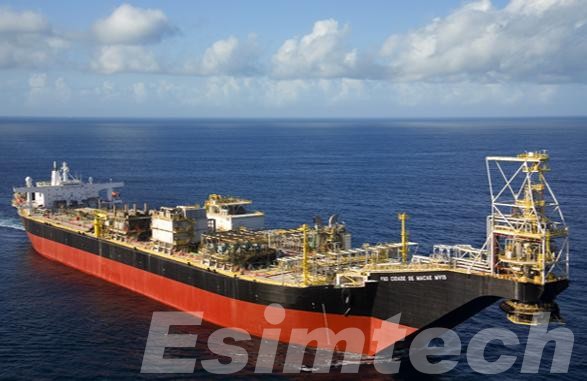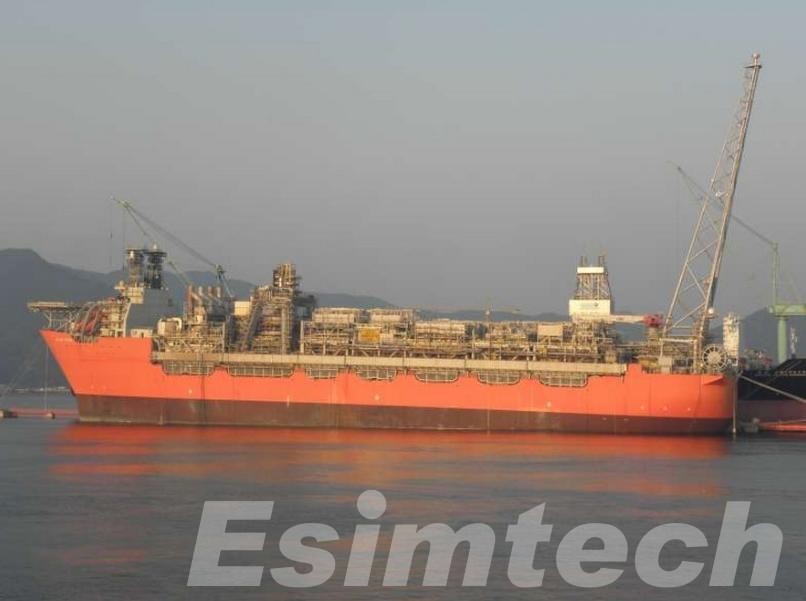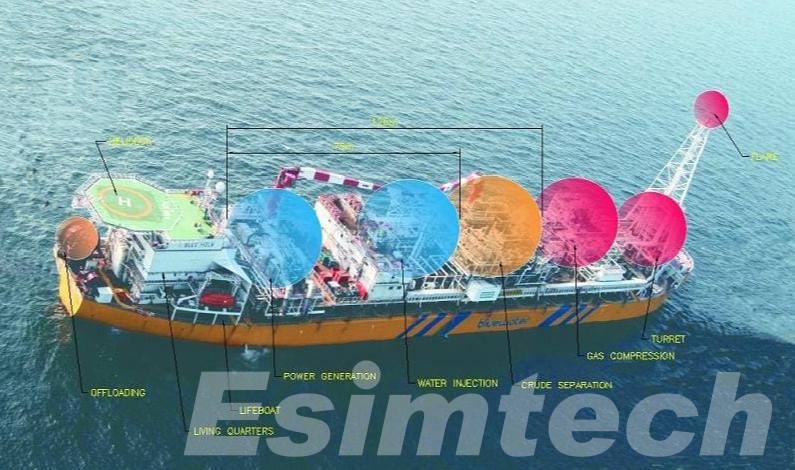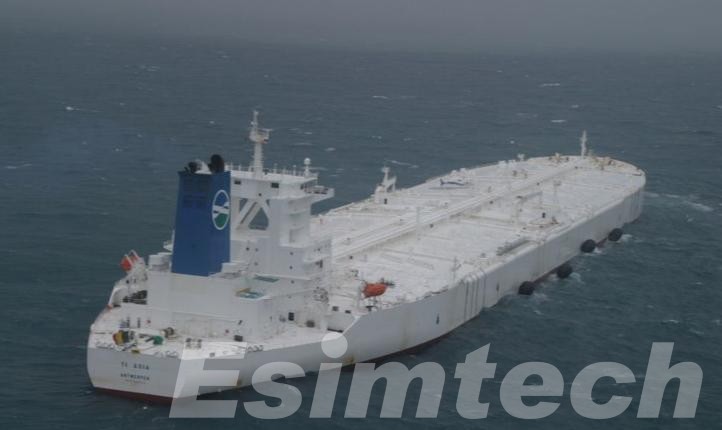What are the Differences Between FSO Vessel and FPSO Unit in Oil and Gas
In the oil and gas industry, efficient storage and processing of hydrocarbons play a critical role in offshore operations. Floating Storage and Offloading (FSO) vessels and Floating Production, Storage, and Offloading (FPSO) units are two key components utilized in these operations. While they share some similarities, their functionalities, applications, and design distinguish them from one another. This article will explore the key differences between FSO vessels and FPSOs.
What is FSO Vessel

An FSO (Floating Storage and Offloading) is a specially designed offshore facility primarily used for the storage and offloading of oil or gas. These vessels act as fixed storage sites, receiving hydrocarbons from offshore production platforms or pipelines. Once received, the stored hydrocarbons are transferred to shuttle tankers for further transport to onshore refineries or export destinations.
FSO vessels are typically converted tankers or specially designed floating units equipped with storage, mooring and offloading systems, but without production and processing capabilities. FSOs are commonly found in areas with limited oil and gas infrastructure, where production platforms are responsible for processing.
What is FPSO Unit in Oil and Gas

FSO (Floating Storage and Offloading) is an offshore facility designed specifically for the storage and offloading of oil or gas. These vessels usually serve as fixed storage units, receiving hydrocarbons from offshore production platforms or pipelines. After storage, the hydrocarbons are transferred to shuttle tankers through an offloading system and subsequently transported to refineries or export destinations on land.
FSO vessels are usually converted from tankers or specially designed floating devices with storage, mooring and offloading functions, but no production and processing capabilities. They are mainly used in areas with limited oil and gas infrastructure, especially in environments where production platforms are responsible for processing.
FSO Vessel vs. FPSO Unit in Oil and Gas

The primary difference between FSO vessels and FPSOs lies in their functions within offshore oil and gas operations. While both are floating units, their roles, design, and applications vary significantly. Below is a comprehensive comparison of FSO vessels and FPSOs in the oil and gas sector:
| Feature | FSO Vessel | FPSO |
| Primary Function | Primarily used for storage and offloading of hydrocarbons | Combines production, processing, storage, and offloading |
| Processing Capability | No production or processing capabilities | Equipped with production facilities for processing crude |
| Storage Capacity | Primarily designed for storing oil or gas | Stores oil after processing, but also handles production |
| Design | Typically converted oil tankers or purpose-built storage units | Custom-built or retrofitted vessels with complex production systems |
| Application | Used in mature offshore oil fields with existing production infrastructure | Used in remote and deepwater oilfields without onshore facilities |
| Offloading | Offloads hydrocarbons to shuttle tankers for transportation | Offloads processed oil to tankers for transportation |
| Operational Requirements | Requires an existing production facility or platform | Operates independently with its own production capabilities |
| Cost | Lower upfront and operational costs | Higher capital investment due to complex systems |
| Location Flexibility | Suitable for shallow-water and near-shore environments | Ideal for deepwater and ultra-deepwater environments |
| Lifespan | Typically shorter due to lack of production capabilities | Longer lifespan due to its comprehensive functionality |
FSO vessels are typically more straightforward and cost-efficient, primarily designed for storage and offloading purposes. These units are often employed in fields where production is managed elsewhere or in mature fields that don’t need extra production facilities. In contrast, FPSOs are sophisticated, self-sufficient systems capable of overseeing the full production lifecycle, from extraction to processing and storage. While they come with a higher upfront cost, their adaptability and capacity to operate in remote or deepwater fields without existing infrastructure justify the investment.

Factors Influence the Choice Between FSO Vessel and FPSO Unit
Knowing about the differences between an FSO vessel and an FPSO unit, we must know that there are several key factors that determines whether an FSO vessel or an FPSO unit is more suitable for a particular offshore oil and gas project:
1. FPSOs are primarily used in deepwater and ultra-deepwater environments where traditional platforms and pipelines are not feasible. Their ability to process and store hydrocarbons in remote locations makes them ideal for these challenging conditions. On the other hand, FSOs are more commonly used in shallow waters or nearshore fields where the production infrastructure is already in place or easy to access.
2. In mature oilfields where production is well-established and only additional storage is needed, FSOs are often the preferred choice. These vessels are ideal when existing production platforms handle the extraction and initial processing of hydrocarbons. Conversely, in new or remote fields without sufficient infrastructure, an FPSO is often necessary as it combines production, processing, and storage all in one unit.
3. FPSOs offer full production and processing capabilities, making them the preferred choice for fields that require significant processing of raw hydrocarbons, such as gas separation, water treatment, and crude oil stabilization. If a field only requires storage and offloading of already processed oil, an FSO vessel is a more cost-effective option due to its simpler design and functionality.
4. FPSOs are generally more expensive due to their comprehensive production and processing systems. However, they offer greater value in fields requiring these capabilities. FSOs, while less expensive, may be more appropriate in fields with limited production activity, reducing initial capital and ongoing operational costs.
Summary
FSO and FPSO units play vital roles in offshore oil and gas operations, though their functions and uses differ greatly. FSOs are primarily used for storage and offloading in mature fields and shallow waters, whereas FPSOs combine production, processing, and storage capabilities in more remote and deeper offshore locations. The decision to use either vessel depends on various factors, including operational needs, economic considerations, and geological conditions, all aimed at maximizing efficiency and cost-effectiveness in offshore projects. Recognizing the distinctions between them is essential for successful management of offshore fields.
